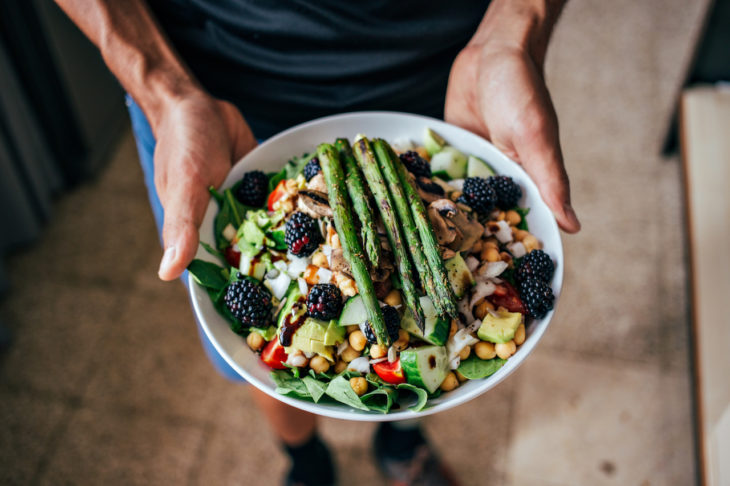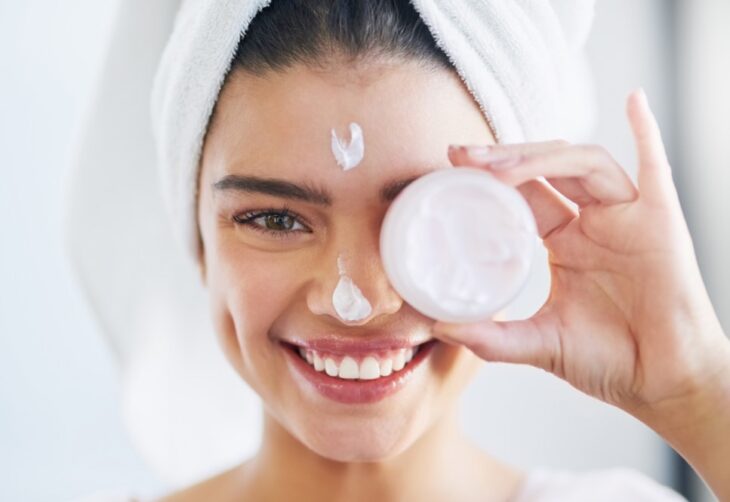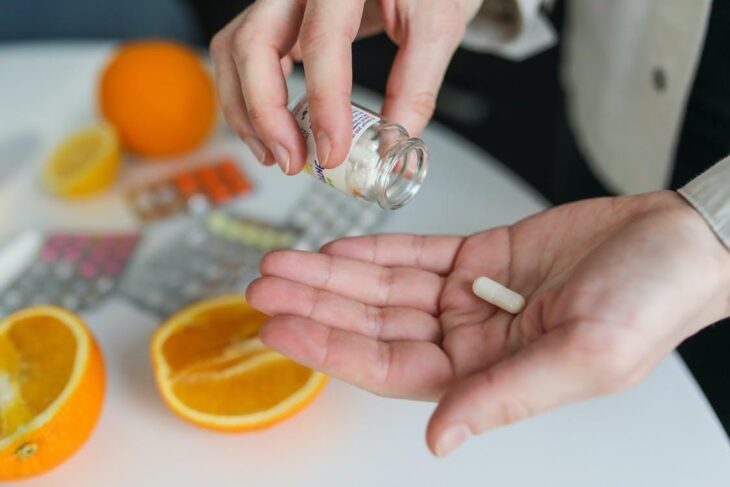On the one hand, in the autumn period we need to alleviate our appetite so as not to gain extra pounds, and on the other hand, to eat correctly and balanced so as not to harm our health.
When the hot summer days are over, our body begins to prepare for the cold and work a little differently, following the laws of nature. We feel the need for higher-calorie foods, favoring high-fat cooked meals over light vegetable salads and healthy snacks.
In today’s review, we will tell you about the main features of nutrition in Autumn. There are several things to consider to stay fit and healthy during the off-season, and Instaskincare will share that with you!

Source: medicalnewstoday.com
Contents
1. Don’t Fight Your Appetite
As a rule, with the arrival of Autumn, we feel hunger more often, and we prefer to satisfy it with more nutritious, fatty food. It seems that low-calorie foods and simple vegetables cannot keep us warm, but they are not. Moreover, the autumn diet should be even lighter than the summer one because the body spends a lot of energy on the digestion of food, which it now needs to warm up.
To find a balance between the body’s real needs and your appetite, try to eat heated food. Replace morning smoothies with cereals; at lunch, be sure to eat light vegetarian soup and stewed vegetables, and for dinner, give preference to warm salads with beans or lentils. Hot tea with honey or dried fruits and a glass of warm milk will provide you with a feeling of fullness. All of these options are healthy and not high in calories.
2. Go Keto
You may have noticed that we are drawn to baked goods and various sweets with cream in the off-season. Thus, the body signals that it needs additional fats but does not rush to follow its lead. Set your butter sandwich aside and make yourself a delicious avocado bruschetta instead.
Instead of fried pork, eat baked or steamed salmon or trout, make seafood salads, and be sure to add nuts and seeds to cereals and yogurts. With the help of these simple tricks, you will get the healthy fat that your body needs without harming your waist.

Source: vegetarian-nation.com
3. Don’t Diet
Many people think that Autumn is an excellent time to try another fashionable diet. When most of us do not follow the diet, allowing ourselves a lot of excesses, the vacation period has already passed. In addition, it seems that the body receives a lot of vitamins and trace elements from fruits, berries, and vegetables over the summer, which means it will more easily tolerate changes in the diet, so if you have a stressful job in marketing services or business do no diet!
However, do not rush to limit your diet in an attempt to lose a couple of extra pounds. Firstly, in the fall, the body, tuned in to accumulate energy, will be reluctant to part with the existing reserves, which means that losing weight will slow down, despite the decrease in calorie content. Secondly, because of the increasing feeling of hunger in the fall, it will become more difficult for you to control yourself, so we recommend that you choose to maintain weight as your primary goal, rather than adjusting it.
4. Eat Seasonal Products
We enjoy juicy berries and fruits all summer, but Autumn is the time for other equally tasty and healthy foods rich in vitamins and other elements we need. Pay special attention to zucchini and eggplant, pumpkin, and different varieties of cabbage, as well as carrots, beets, and potatoes.
Many of those who follow the diet are afraid to eat potatoes but in vain. Cooked in a uniform and supplemented with a low-fat soft cottage cheese sauce with herbs and garlic, it will not hurt your figure. And how great the sweet potato diversifies your diet, even suitable for dietary nutrition. Feel free to experiment with seasonal vegetables and fruits for a truly balanced and delicious fall menu.

Source: keyposting.com
5. Preparation
In Autumn, maximum skin hydration, nutrition, and protection are required, so it is worth choosing care products more carefully. During this period, the skin becomes vulnerable and cannot independently withstand the effects of the environment. What does the skin need? It is worth using products with a richer texture, and autumn skincare products with probiotics are especially relevant.
Probiotics are living microorganisms and substances of microbial and another origin, which have a positive effect on the functioning of microflora and contribute to better adaptation of the human body to external conditions. Probiotics can also include bacteria that are not characteristic of a person but can benefit his body.
6. Get Vitamins
Vitamin A (beta-carotene) is renowned for its antioxidant functions in the work of the skin. Adding vitamin A to the diet helps moisturize the skin from the inside out and increases its elasticity. In addition, the abundance of retinol in the body prevents the formation of free radicals, which are responsible for skin aging. This, in turn, promotes the natural production of collagen.
Vitamin C (ascorbic acid) helps minimize free radical damage. Vitamin C gives the skin a beautiful, healthy complexion and is responsible for antioxidant effects and elasticity.
Vitamin E (tocopherol) is responsible for nourishing the skin and protecting it from damage. By adding tocopherol to your diet, you can protect your skin from UVB rays, as well as dust and dirt that builds up over the day. In addition, vitamin E helps reduce the effects of acne, blemishes, and scars.

Source: cdn77.org
Summary
So there you have it! The best ways to take care of your skin in the Autumn. It’s not too late to start implementing these tips into your daily routine, but if you’re serious about getting glowing skin this season, then it may be worth investing in a new skincare product or two for some extra help. Happy Autumn, everyone, and stay tuned for more blogs coming soon on how to get through winter with healthy-looking skin!
